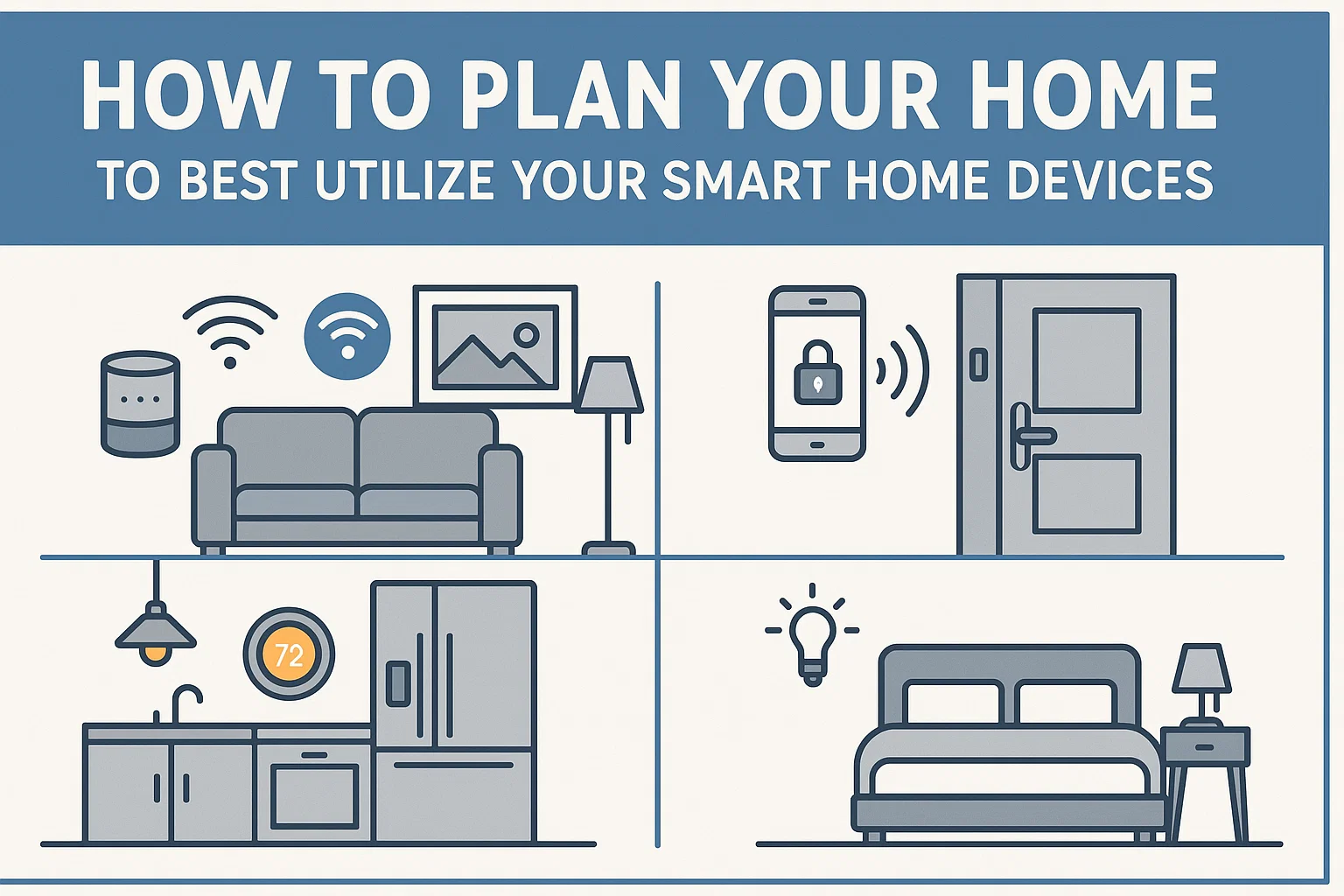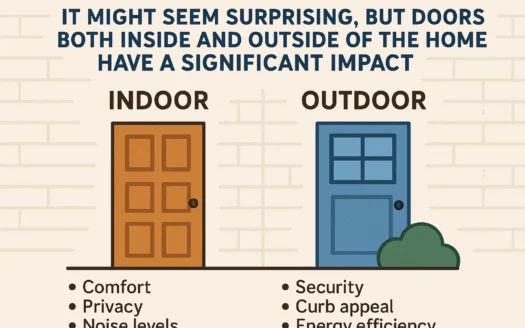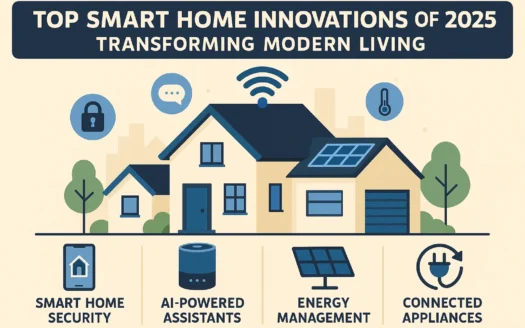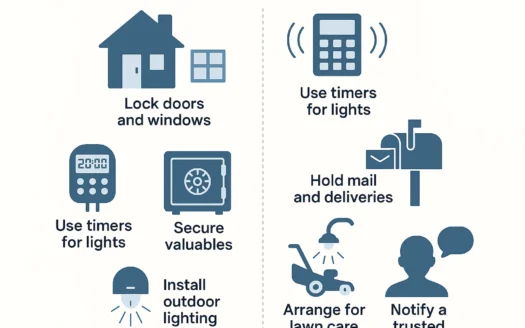How to Plan Your Home to Best Utilize Your Smart Home Devices
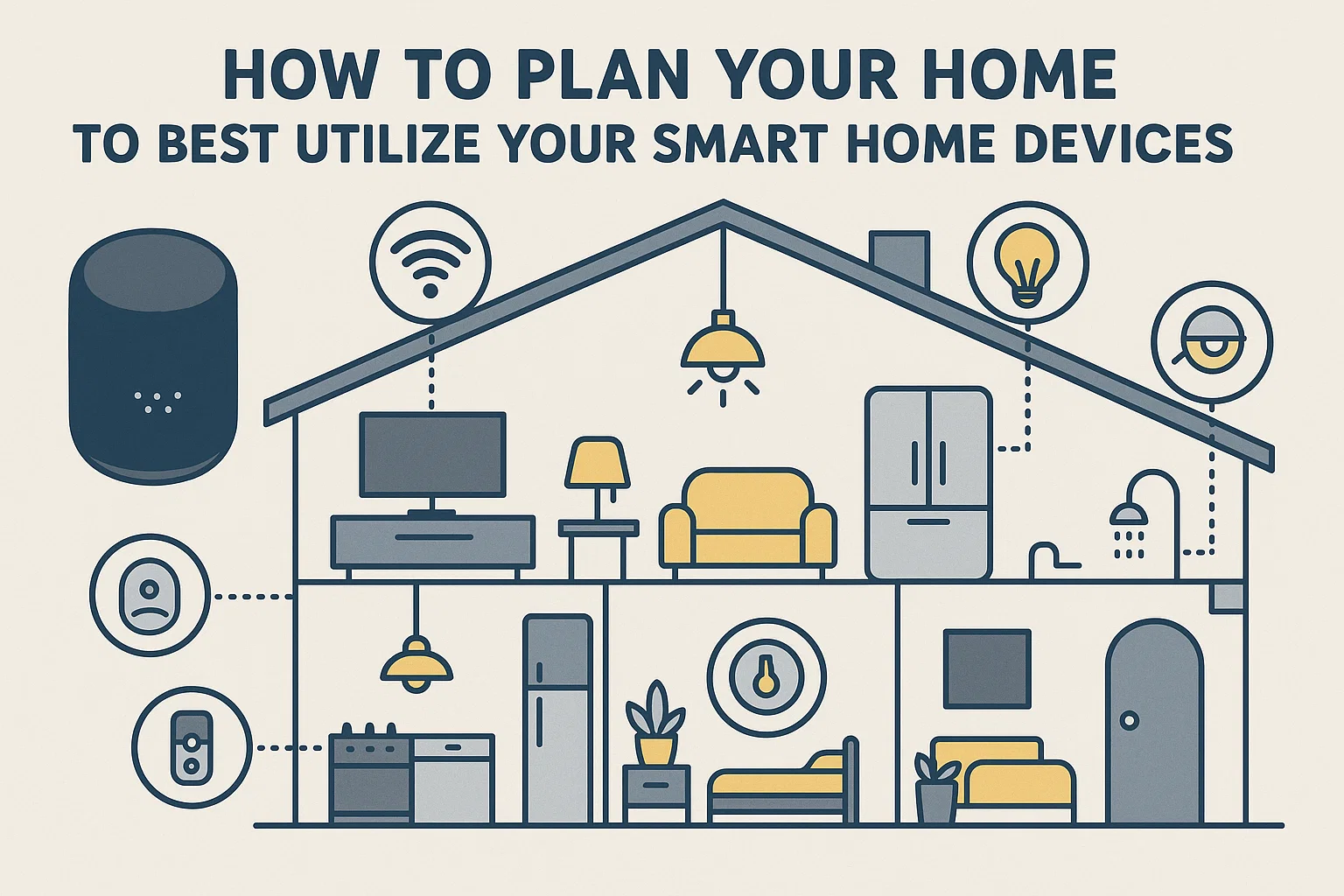
How to Plan Your Home to Best Utilize Your Smart Home Devices
A groundswell of innovation has produced an array of smart home devices that, for a small investment, can do just about everything that a $10,000 home automation system does. The products, though inexpensive, depend on two things: having a smart phone to run apps and issue voice commands, and a strong Wi-Fi signal. What you may not have considered, though, is that to get the best in-home wireless signal and performance in the long run requires installing more wire behind the walls.
Wiring for Wireless
There’s a lot of confusion about how to wire a new home for wireless. If you have a big budget for a custom home and don’t have the patience for tech, the best way to go may be to buy a fully integrated home automation system. You can hire a “system integrator” through your builder who will ask key questions, wire the house, and turn over the controls – typically an app that runs on a tablet, phone, and/or wall displays. Just know that moving forward, you’re locked into using products that the integrator’s system supports.
However, you can get the advantage of open architecture, and avoid a lot of expense, by thinking through the optimal wiring for your house yourself. The exercise starts with bringing as much bandwidth into the house as possible through your internet service provider.
Router Placement and Selection
After that, consider your router: place it in a high spot in the middle of your home, since the router casts a signal like an umbrella, out and down. You don’t want to bury it behind a ceiling or wall, it’s not a good idea to put it in a hot and dusty attic, and steel and concrete will interfere with the radio signals. You also want to make sure you can get to it in case you need to upgrade later.
Since routers are relatively inexpensive, it makes sense to get the best. Just make sure it’s compatible with your Internet service; most providers publish an online list of suitable routers. The device should broadcast both 5GHz and 2.4GHz signals. A 5GHz signal, though stronger, doesn’t extend as far; and some smart home devices only work with a 2.4GHz signal.
Ensuring Full Wi-Fi Coverage
The next concern is making sure that you have Wi-Fi coverage everywhere. Some areas that may get left off this list include:
- The front door (for smart doorbells with video capability)
- The backyard (for outdoor work or entertainment)
- The eaves around the house (for security cameras)
A good rule of thumb is that any house of more than 2,500 square feet will need signal extenders. You may need to hardwire wireless access points (WAPs) into key rooms farther removed from the router. A Wi-Fi heat map can help locate dead zones and ensure uninterrupted coverage.
Choosing Smart Home Devices
Once your home has a strong wired infrastructure, it’s time to figure out what wireless smart home products to install:
- Smart thermostats save money on energy bills by adjusting based on your schedule.
- Home security systems like video doorbells, cameras, and smart locks enhance safety.
- Wi-Fi-connected appliances (e.g., dishwashers, ovens) can send usage data to manufacturers for improvements.
According to Parks Associates, the average household with broadband owns 10 smart home devices, and this number continues to grow.
When to Hardwire Devices
Not every device should run over Wi-Fi. Bandwidth-heavy equipment like gaming consoles and 4K TVs should be hardwired. Network cabling is 20 times faster than Wi-Fi and avoids interference. System integrators recommend running both Ethernet and coaxial cable to rooms where you’ll work or stream content.
If you’re building a custom home, install a centralized structured wiring panel (often in a basement or closet) to simplify future upgrades. Running extra cables during construction is far cheaper than retrofitting later.
Balancing Wireless and Wired Solutions
Ultimately, the decision of what to hardwire and what to run wirelessly is your call. While wireless security systems are common, hardwired options offer greater reliability. Similarly, Wi-Fi speakers are convenient but may compress audio signals, disappointing audiophiles.
The bottom line: Treat your Wi-Fi signal as a critical utility, like electricity or plumbing. By planning a robust wired and wireless infrastructure from the start, you’ll maximize the potential of every new smart device that enters your home.
